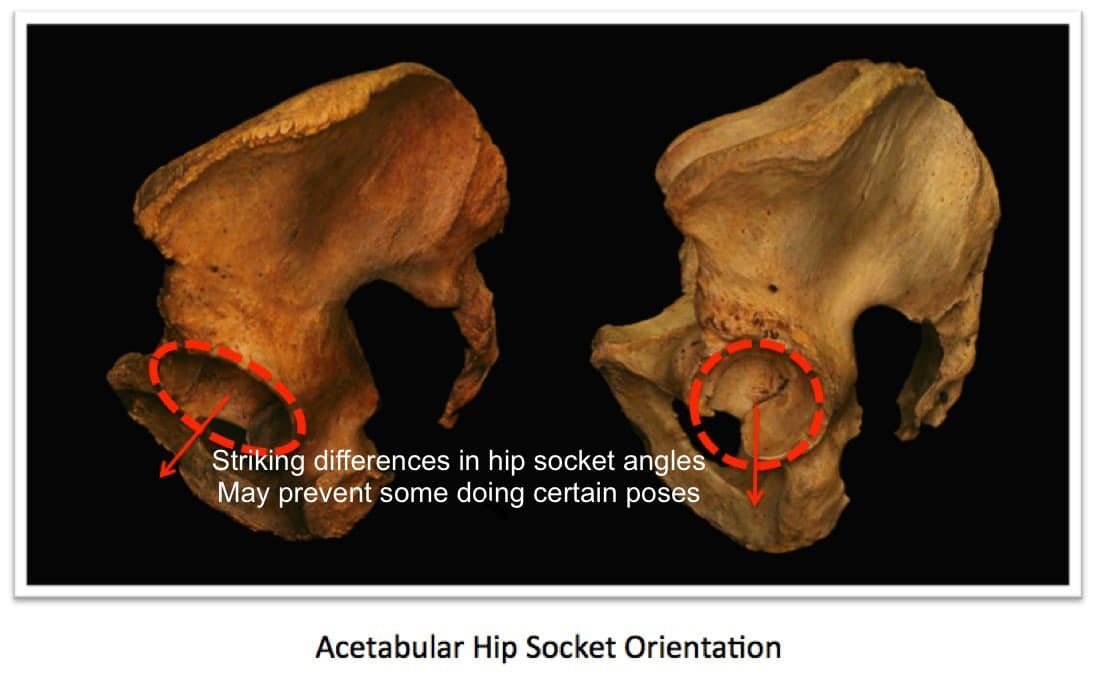Extract Two from The New Yoga: From Cult and Dogma to Science and Sanity
Having considered our preoccupation with flexibility and hypermobility in Yoga in part one, it’s vital to discover what actually limits our range of movement. Most restrictions cannot be removed so we need to change our mindset says, The New Yoga, From Cult and Dogma to Science and Sanity.
The nonsense and downright risky assumptions behind such bland and untrue statements as: “Practice and all is coming,” with its promise that nothing more than hard work separates us from Circe du Soleil feats of flexibility. And then there is the belief in “One percent theory, ninety-nine percent practice,” another quote from Pattabhe Jois, which saves anyone learning biomechanics, or trying to understand what we are doing to remain safe.
In the 1980s and 1990s, Yoga became systematized into cookie-cutter, 200-hour programs to produce teachers to meet the booming demand, says yoga icon Paul Grilley. And one of the first on the scene was the Iyengar program with its very precise instructions on alignment.
Then there were the hundreds of teachers churned out by Bikram, where trainees even had to learn and follow a precise script, Grilley says. Until recently nobody ever explicitly said that everyone’s skeletal structure is different and that this uniqueness might prevent us performing certain poses.
To expect all yoga students to do Padmasana (Lotus: a cross-legged, seated pose), or rest their head on their knees in Janu Sirsasana (Head-to-Knee Pose) is to invite injury and unnecessary disappointment. To treat Yoga students as if they are all the same is to risk harming some while under-challenging others. I am sure many students come to Yoga encouraged by the unreasonable and dangerous expectation of being able to do everything—and eventually leave frustrated and disappointed in themselves. Well-meaning teachers will also have likely led them along this path, unaware that bone-on-bone compression is preventing some from wrapping their legs in a pose like Garudasana (Eagle Pose).
I was taught in the Iyengar tradition for eight years. BKS Iyengar expected everyone teaching his style of Yoga to be able to eventually perform Padmasana (Lotus Pose) apparently without consideration for his or her individual skeletal structures. “If Padmasana cannot be performed in Junior Intermediate Certificate tests, then in Senior Intermediate Certificate level 2 tests, it is a must [my italics],” according to the 2009 testing guidelines from his institute in Pune.
For most people, this pose is not and never will be available, and trying to make it available will damage the knees.
This can be enormously freeing to know that we can drop our unreal expectations and get back to the true core of Yoga – the release from suffering.
Watch out for Extract Three coming soon here!
The New Yoga: From Cult and Dogma to Science and Sanity By AYC Director Rob Walker is available from Amazon and at The AYC itself.
